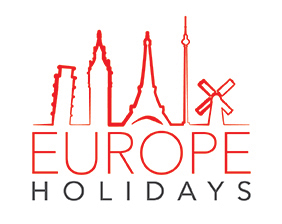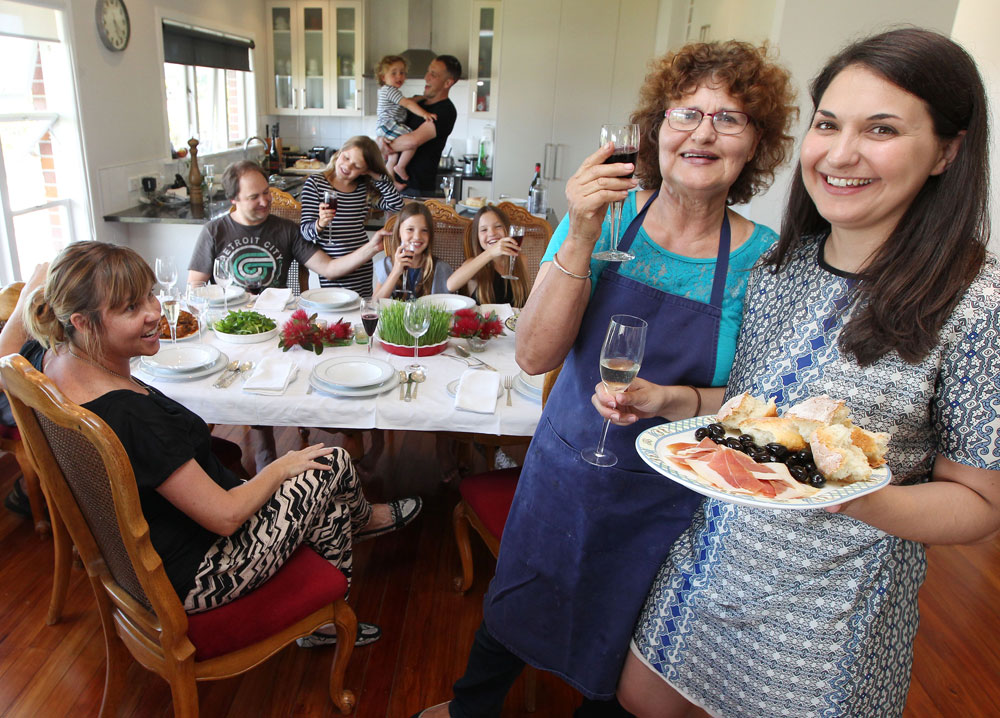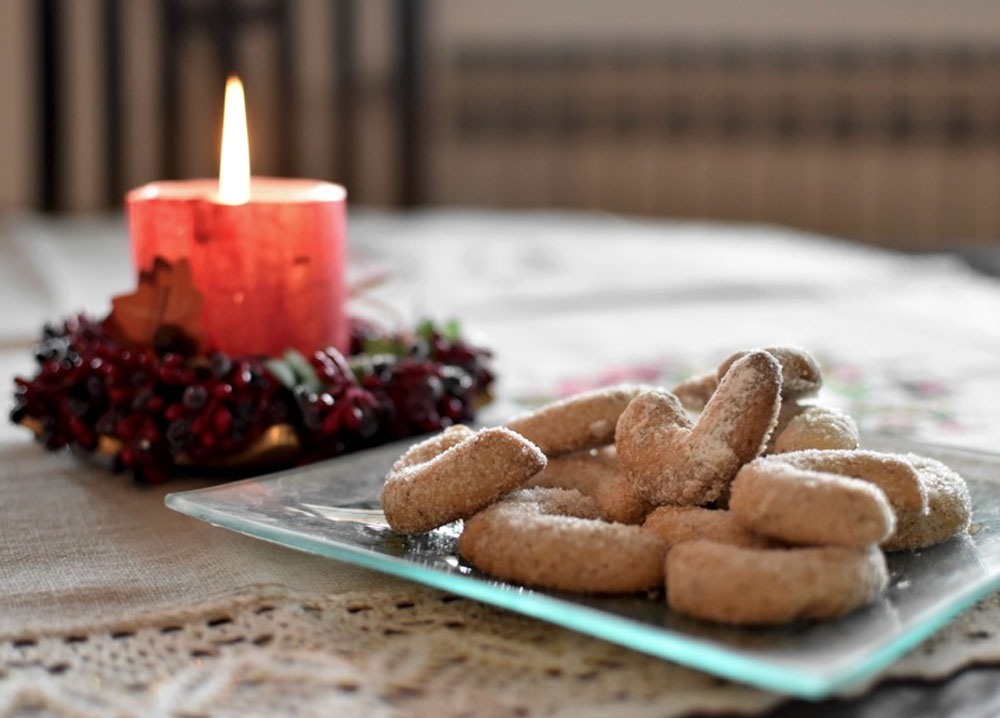Christmas in Croatia
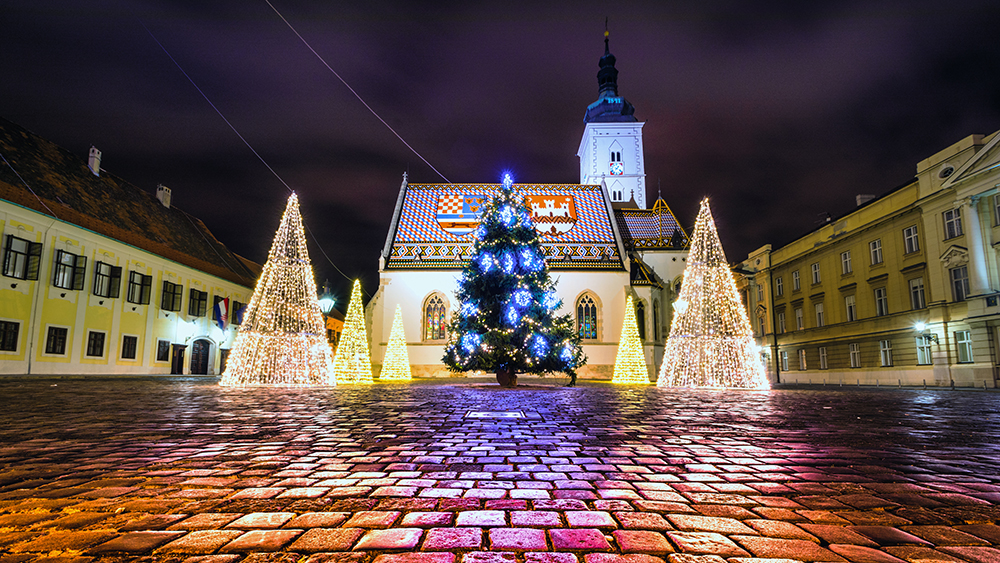
Croatian Christmas spoils you with two celebrations in one year. Eastern Orthodox Christmas in Croatia is on 7th of January. However, many people in Croatia are Catholics, so you are guaranteed a 25th of December Christmas as well.
We love our summer christmases in Aus so why not do both? Enjoy a prawn on the barbeque and then hop on a plane to do it all again in Europe. This time though it will be turkey, lamb, roasted pig, peppers stuffed with minced meat, salads, freshly baked bread and traditional Christmas deserts such as fritule.
So what other quirky differences to expect when visiting Croatia in winter? We’ve put together a few helpful tips for you to plan your White Christmas here, although it doesn’t always snow consistently in Croatia either. However, the further north you go, the colder it gets and just like in Game of Thrones, you can experience what it’s like to go from King’s Landing to the snowy lands of Winterfell on an epic road trip from Dubrovnik to Zagreb (or vice-versa).
It’s a very special experience to celebrate Christmas in Croatia. Let’s dive in.
In Croatia, preparations for Christmas start on 25th of November which is St Catherine’s day. People also celebrate Advent. Many people in Croatia are Catholics so Advent is an important time for them.
Some Croatians open gifts on Christmas Day, but Croatia also recognises St. Nicholas Day on December 6. Gifts are sometimes given on St. Lucy’s Day, as well. The Croatian Santa Claus is sometimes called Djed Mraz, which is the Croatian counterpart to Russia’s Ded Moroz. It gets more interesting!
On Christmas Eve, the Christmas wheat, which has been sprouting since St. Lucy’s Day on December 13, is tied with ribbon in the colors of the Croatian flag—red, white, and blue. Besides wheat sprouts, Croatians decorate with wreaths and trees. Licitar hearts – or hand-decorated cookies – often decorate Christmas trees in Croatia. Licitars are made of sweet honey dough. They are a traditional symbol of Zagreb and are used as an ornamental gift.
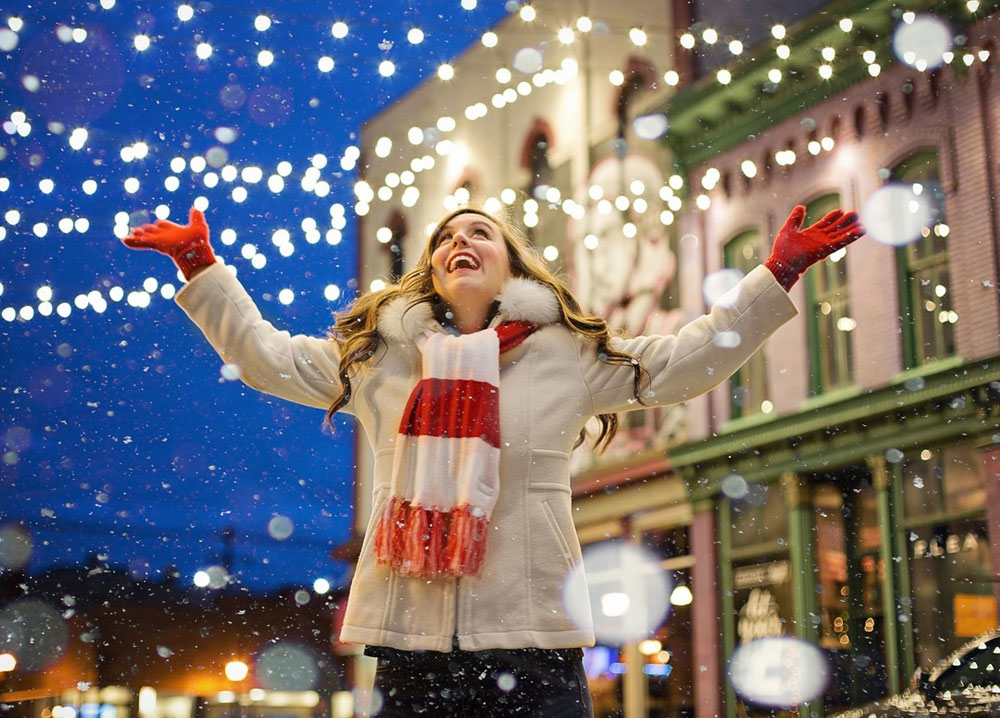
Midnight mass is extremely popular, and, in main towns, people party after leaving church – the origin of the word ‘badnjak’ is linked to the concept of staying awake. People wish each other Sretan Božić.
One of the nice things about a winter break in Croatia is that there is so much to do indoors if temperature drops. For example, in Zagreb, November’s film festival kicks off a season packed with culture, be it in the form of music or museums. Come in January, and you can have a surreal midnight strolling through a gallery on Museum’s Night. And of course, Christmas markets, yuletide joy, children singing carols in the snow, etc. This sounds magical.
And, of course, Croatian Christmas food is amazing! For example, paprenjaci one of our favourite treats. They are peppery gingerbread cookies which date back to at least the 16th century. Fritule are deep fried Croatian doughnuts that historically come from the coastal region of Dalmatia. They are usually boozy, and are flavoured with brandy or loza (a grape rakija). A local favourite, roasted fowl with mlinici, a thin pasta-like accompaniment, s eaten several times a year across different holidays and definitely decorates a Christmas table as well. And of course stuffed peppers being filled with rice and minced meat and served with a delicious tomato sauce. Rich Croatian food is so soothing on a cold Christmas day.
